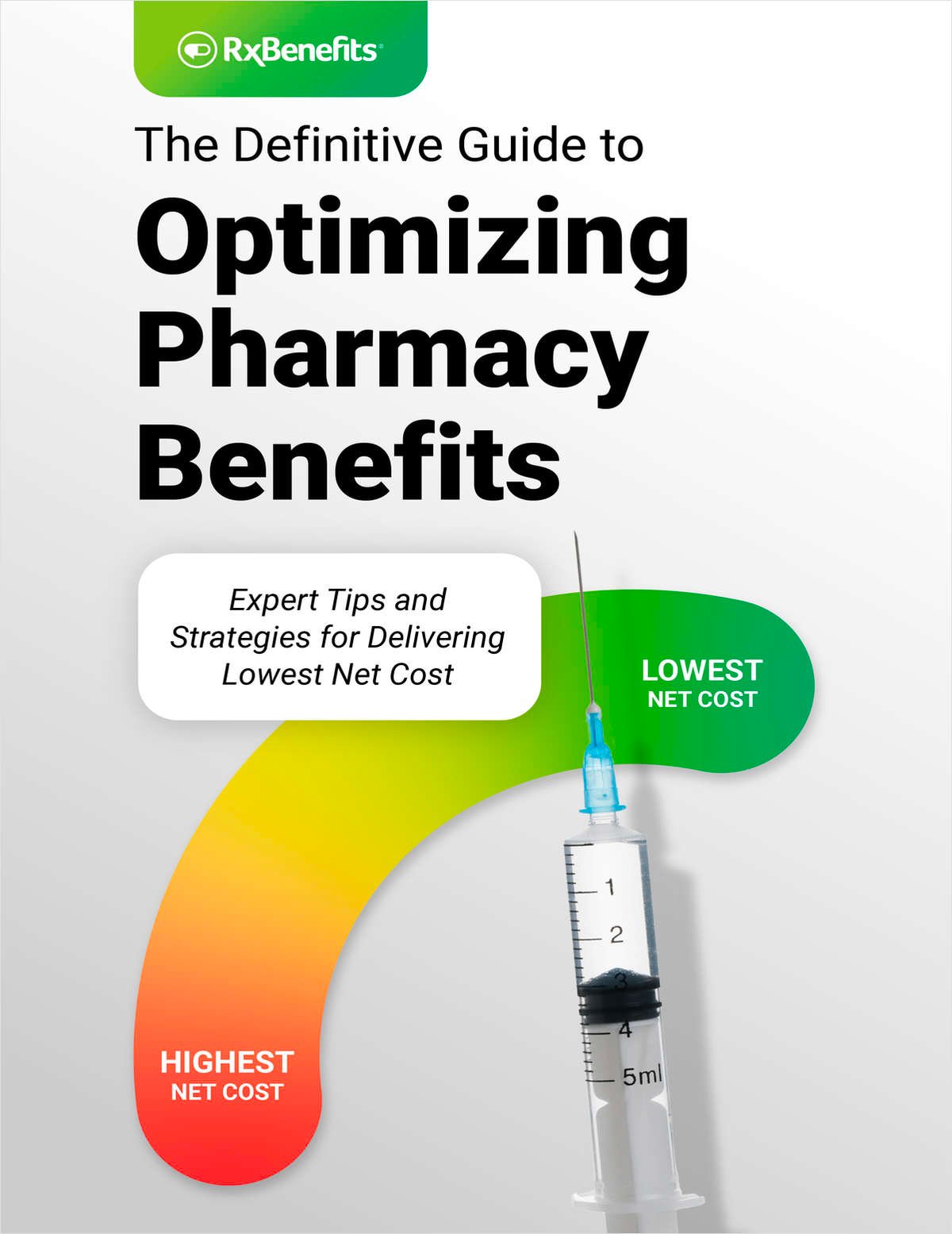Securities and Exchange Commissioner Luis Aguilar on Thursday called on the agency to do more to warn anyone saving for retirement about the “inherent risks” in target-date funds and to require better disclosure rules in municipal bonds.
The “relentless” growth in TDFs is “troubling,” Aguilar said, especially because Americans saving for retirement lack a full appreciation for their inherent risk. Also, a lack of transparency in municipal bonds, he said, is leaving investors “vulnerable.”
“The stakes are too high to continue to delay,” Aguilar, one of two Democrats on the commission, said in speech at the American Retirement Initiative’s winter summit.
“With the end of an historic period of low interest rates rapidly approaching, the consequences of investors continuing to be ill-informed about the inherent risks of target-date funds are simply too grave.”
 Total assets in target-date funds are about $1 trillion. The Investment Company Institute says that nearly three-quarters of 401(k) plans offer the funds, which now account for 15 percent of all 401(k) assets, a figure many analysts expect to grow exponentially going forward.
Total assets in target-date funds are about $1 trillion. The Investment Company Institute says that nearly three-quarters of 401(k) plans offer the funds, which now account for 15 percent of all 401(k) assets, a figure many analysts expect to grow exponentially going forward.
But investors, and even some industry professionals, remain woefully ignorant about to the funds’ structure and risk, in spite of improved disclosure efforts, Aguilar said.
Citing a study sponsored by the SEC in 2012, Aguilar told the audience that fewer than one-third of respondents were able to identify the correct meaning of the year in the funds, and that only 36 percent of respondents were aware that the funds do not guarantee income in retirement.
Moreover, a 2010 Pimco study found that two-thirds of retirement plan advisors mistakenly assumed that target-date funds were more conservatively invested than they are, said Aguilar.
That’s particularly troubling, he said, in light of the fact that the funds have been increasing their equity exposure since 2005.
“The perception of these funds being safe is further fueled by most retirement plans utilizing them as their default investment,” which mistakenly implies they are among the safer options available to 401(k) investors, he said.
Aguilar pointed out that, in 2008, at the height of the downturn, investors in funds with a 2010 glide path averaged losses of 30 percent, which increased the following year, as older 401(k) participants were a year away from retiring.
“This experience should have served as a wake-up call that target-date funds were not performing as advertised. Yet, as of today, the commission has not enacted a single new rule dealing with target-date fund disclosure,” Aguilar said.
A number of recommendations made after an SEC review of TDFs in 2013 need to be revisited, he said.
Among them: Fund prospectuses should include a clearer explanation of the assumptions and risk in designing TDFs. Investors also need to be warned that the funds do not guarantee income, and be provided better information on fees and their affect on returns.
The SEC should also develop illustrations of glide paths and asset allocations relative to different risk levels, he said.
Investors are also vulnerable to whatever might transpire in the municipal bond market, Aguilar said, an area that “has not been subject to the same level of regulation and transparency as other segments of the U.S. capital markets.”
Retail investors hold about 75 percent of the estimated $3.7 trillion municipal bond market, according to the Government Accountability Office.
“It’s well-recognized that the municipal securities market is an area in need of enhanced disclosure,” said Aguilar.
A recently redoubled effort by the SEC to assure prompt and complete disclosures has instilled “shock and awe” in issuers and underwriters, but Aguilar said more needs to be done to protect individual investors.
As with TDFs, the SEC has already reviewed the question of muni bond disclosures, and made it recommendations, but the commission has yet to act.
“The SEC must work harder to ensure that investors have timely access to accurate, useful, and high-quality disclosure materials in order to make informed investment decisions,” Aguilar said.
Continue Reading for Free
Register and gain access to:
- Breaking benefits news and analysis, on-site and via our newsletters and custom alerts
- Educational webcasts, white papers, and ebooks from industry thought leaders
- Critical converage of the property casualty insurance and financial advisory markets on our other ALM sites, PropertyCasualty360 and ThinkAdvisor
Already have an account? Sign In Now
© 2024 ALM Global, LLC, All Rights Reserved. Request academic re-use from www.copyright.com. All other uses, submit a request to [email protected]. For more information visit Asset & Logo Licensing.








